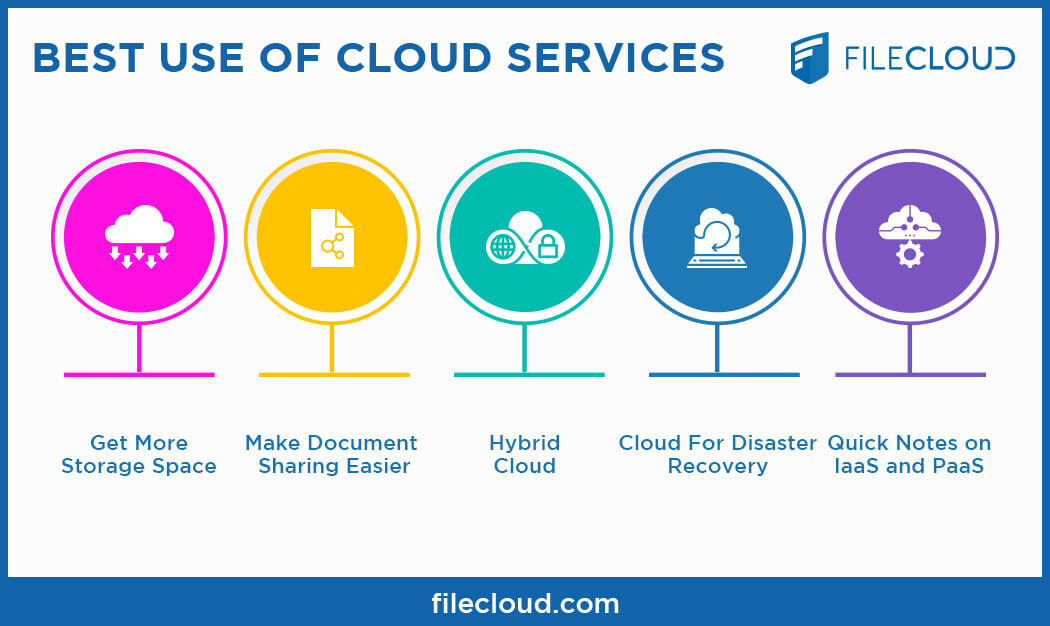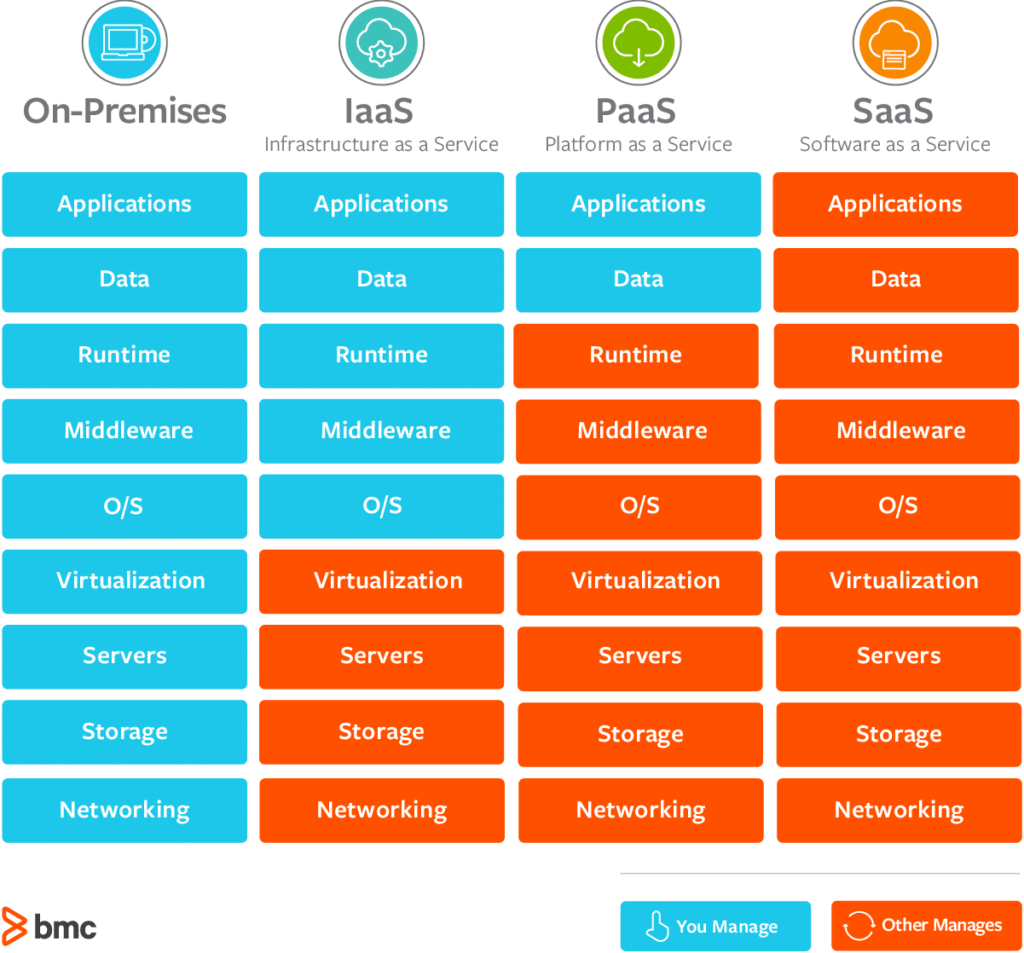Transform Your IT Facilities With Cloud Services
Welcoming cloud solutions uses companies a myriad of advantages, from raised versatility to improved collaboration. The crucial lies in comprehending just how cloud solutions can improve your company's IT landscape and drive innovation.
Benefits of Cloud Services
Leveraging cloud solutions uses companies a scalable and affordable remedy for managing their IT facilities. One of the key advantages of cloud solutions is the versatility they offer. Organizations can easily scale their sources up or down based upon their present demands, enabling reliable source allotment. This scalability likewise makes it possible for companies to swiftly adjust to changing market problems without the need for significant in advance financial investments in equipment or facilities.

Moreover, cloud services advertise collaboration and remote job by providing workers with accessibility to data and applications from anywhere with an internet link. This access boosts productivity and enables for smooth cooperation amongst staff member, no matter their physical place. In general, the advantages of cloud solutions are vast, making them an appealing option for companies seeking to update their IT facilities.

Migration Approaches
To effectively transition to shadow services, companies should thoroughly carry out and prepare movement techniques that align with their company purposes and IT needs. The very first step in this procedure is to perform a complete analysis of the existing IT facilities to identify which information and applications can be moved to the cloud. Organizations must prioritize workloads based upon elements such as safety and security demands, performance requirements, and compliance laws.
When the analysis is complete, organizations can choose one of the most ideal migration technique. This can include rehosting, refactoring, rearchitecting, or rebuilding applications for the cloud atmosphere. It's vital to take into consideration variables like intricacy, price, and time restraints when picking the migration strategy.
Additionally, companies must create an in-depth migration plan that lays out the timeline, resources, and obligations for every action of the movement process - universal cloud Service. Normal testing and tracking are essential to guarantee a smooth transition and lessen interruptions to company procedures. By following these movement techniques, companies can unlock the complete possibility of cloud services and drive development within their IT facilities
Safety And Security Factors To Consider
Making sure durable safety and security actions is paramount when integrating cloud services right into a company's IT infrastructure. The change to the cloud brings distinct protection factors to consider that have to be resolved to shield sensitive data and preserve functional honesty.
Furthermore, carrying out solid accessibility controls is crucial. This involves defining user approvals, verification methods, and monitoring access to stop unauthorized individuals from getting access to delicate resources. Normal protection audits and evaluations are important to make certain and identify vulnerabilities compliance with sector guidelines.
Additionally, companies should have a robust incident feedback strategy in place to article source quickly address safety and security breaches or data concessions. This strategy ought to lay out steps to have the incident, mitigate damages, and recover regular procedures successfully. By prioritizing security factors to consider and carrying out proactive steps, companies can view website with confidence take advantage of cloud services while protecting their digital assets.
Cost-Saving Tips
When simplifying IT framework with cloud services, companies can optimize their budget via tactical cost-saving ideas. Additionally, companies can conserve on functional costs by lowering the need for on-site upkeep and support personnel, as many cloud solutions offer automated updates and assistance.
One more cost-saving suggestion is to very carefully readjust and keep an eye on cloud usage to stay clear of unnecessary expenses. By consistently evaluating use data and scaling sources up or down based on need, companies can ensure they are not spending beyond your means on unused capability. Taking into consideration hybrid or multi-cloud cloud remedies can additionally lead to cost financial savings by allowing organizations to select the most economical services for each workload.
Future Fads
The evolution of cloud solutions is shaping the future landscape of IT infrastructure. As we look in advance, several key patterns are poised to affect how organizations utilize cloud solutions to improve their IT operations.
An additional prominent fad is the rise of side computer combined with cloud services. Edge computing brings handling closer to the information resource, minimizing latency and allowing real-time data analysis. This fad is particularly vital in sectors such as IoT, self-governing lorries, and medical care, where prompt decision-making is crucial.
Furthermore, the combination of expert system (AI) and artificial intelligence (ML) capabilities right into cloud solutions is readied to redefine just how organizations extract understandings from their information. AI-driven automation, anticipating analytics, and customized client experiences are just some of the ways AI and ML are changing cloud services.
Verdict
In conclusion, cloud services supply numerous benefits for companies looking to change their IT infrastructure. Welcoming cloud services can lead to an extra affordable and dexterous service landscape, enabling for better flexibility to transforming market conditions and enhanced cooperation among teams.
Making certain durable safety actions is critical when reference integrating cloud services into a company's IT facilities.In conclusion, cloud solutions provide countless benefits for companies looking to transform their IT framework.